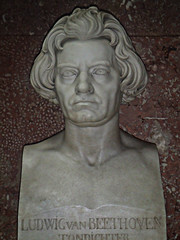The Space
What is happening in the space between two people?
This is one of the psychological topics which fascinates me the most. It is of interest to the field of psychology because as you can imagine, and likely have experienced, that space is where interactions occur and therein lies the material for all of our life experiences, where we find love, pain, happiness, sadness, where we project our fears and realize our dreams. The “space” between me and another, or for that matter me and my dreams, is where life really happens. And as such, this space has been marveled at long before the invention of psychology and many poets, composers, and visual artists can evoke a sense of it better than any psychology construct will ever decipher.
Yet, it still bears understanding in psychological terms. One psychologist, D.W. Winnicott, called it Potential Space, so named because the first experience of that space is between mother and child and within it the child’s ‘potential’ can be realized. Another, a Jungian Analyst named Nathan Schwartz-Salant, calls it the Interactive Field.
Schwartz-Salant said that between two people there can be a “union” that is “characterized by the creation of something new that is often only glimpsed” by the participants and experienced as a “fleeting” moment where one can feel that space and time have been “suspended” for the moment because a “sense of expansiveness had appeared.” Wow! What a place this potential space, or interactive field, is, where I can I find it? continue reading »
